It’s the afternoon after Korakrit Arunanondchai’s MoMA PS1 exhibition opening when we meet in front of bubble tea spot, Teariffic Café , located around the corner from his Chinatown apartment. Korakrit’s energy is all Energizer-Bunny-kinds-of-infectious today, impressive considering last night’s after-party where attendees danced and ate complimentary pizza as Krit (as his friends call him) flitted about filling up his friends’ cups.
I’ve been hearing the Bangkok-raised artist’s name for some time and jumped on board with the apt hype back in December circa Miami Art Basel, where Krit performed poolside at the Delano Hotel for MoMA PS1’s annual bash complete with designer-clad/selfie-snapping/cocktail-sipping fashion/art types (see also: The Brant Brothers). Amidst shadowy lighting and a fog machine, the 27-year-old rapped and shrieked into a mic amidst a handful of denim-clad, e-cigarette smoking young Thai men who he pegs as the “Bangkok Boys.” The RISD and Columbia graduate drenched a canvas with a rainbow palette of paint, slamming his shirtless chest into it similar to a WWF wrestler in action. His gusto was that of a rock star (Iggy Pop came to mind – Krit’s disheveled locks could be a factor in addition to his rock boyband/solo rapper past).
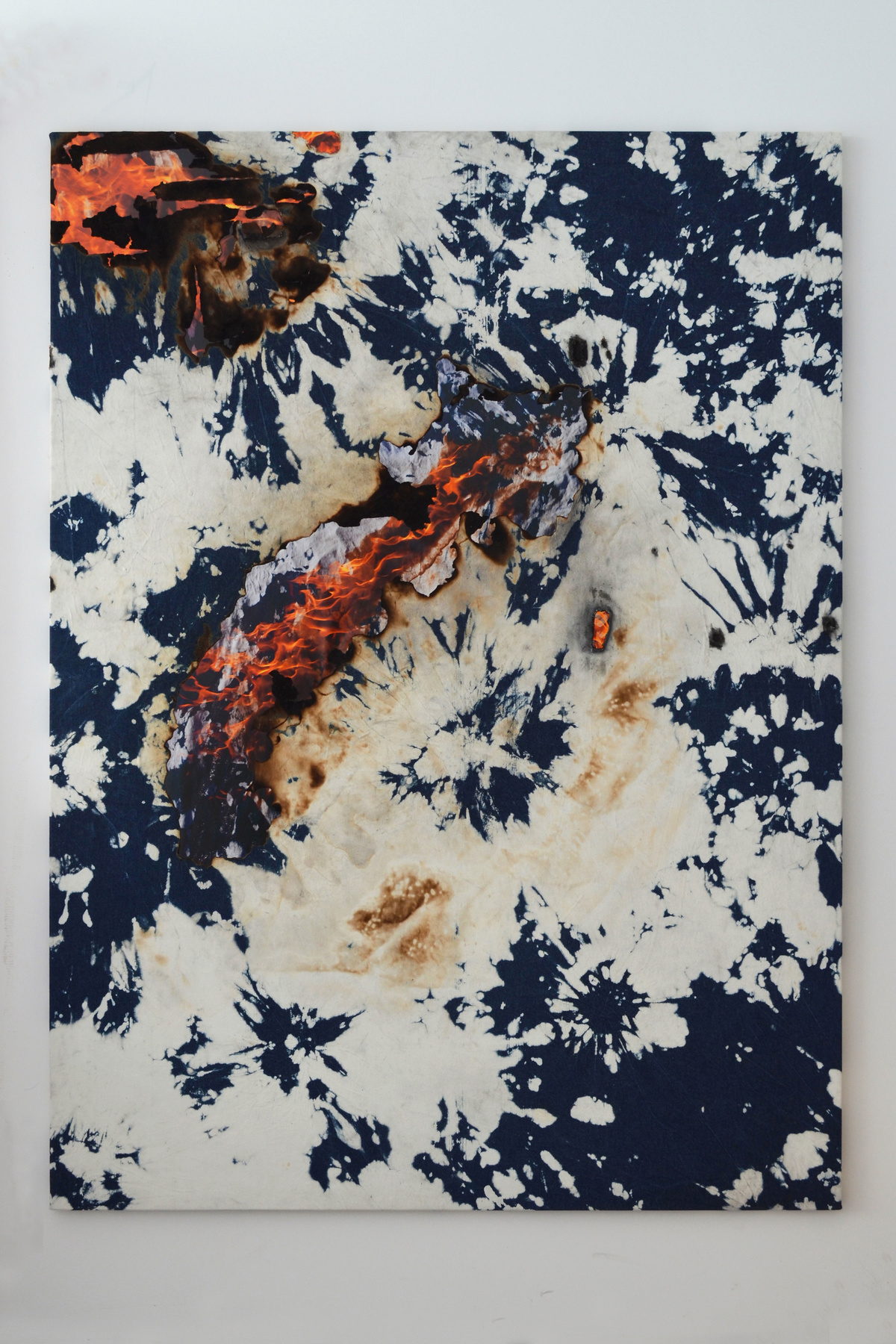
There was no dizzying performance at the opening (that’ll be happening on March 23rd as a part of MoMA PS1’s Sunday Sessions featuring Krit’s twin brother, Korapat and his frequent collaborator, performance artist Boychild). But the art itself provided the emotional spectrum that a great performance should provoke. Inside the exhibition, folks stretched out on massive bleached denim pillows as if it were a family picnic, with their eyes fixated on the colorful installation made up of canvases, denim, bleach and fire.

Tell me about your performance group, the “Bangkok Boys.” Are they your friends? Or was this a casting call situation?
Some are artists, and some aren’t. They’re basically just a group of Thai friends from New York. Miami was different, because I actually had to ask strangers via calling and asking around. My Bangkok boys from New York, however, are all good friends. Basically, it’s the loose idea of performance art group as boyband. It’s about a group of people that hang out and perform together who share similar locations and origins.
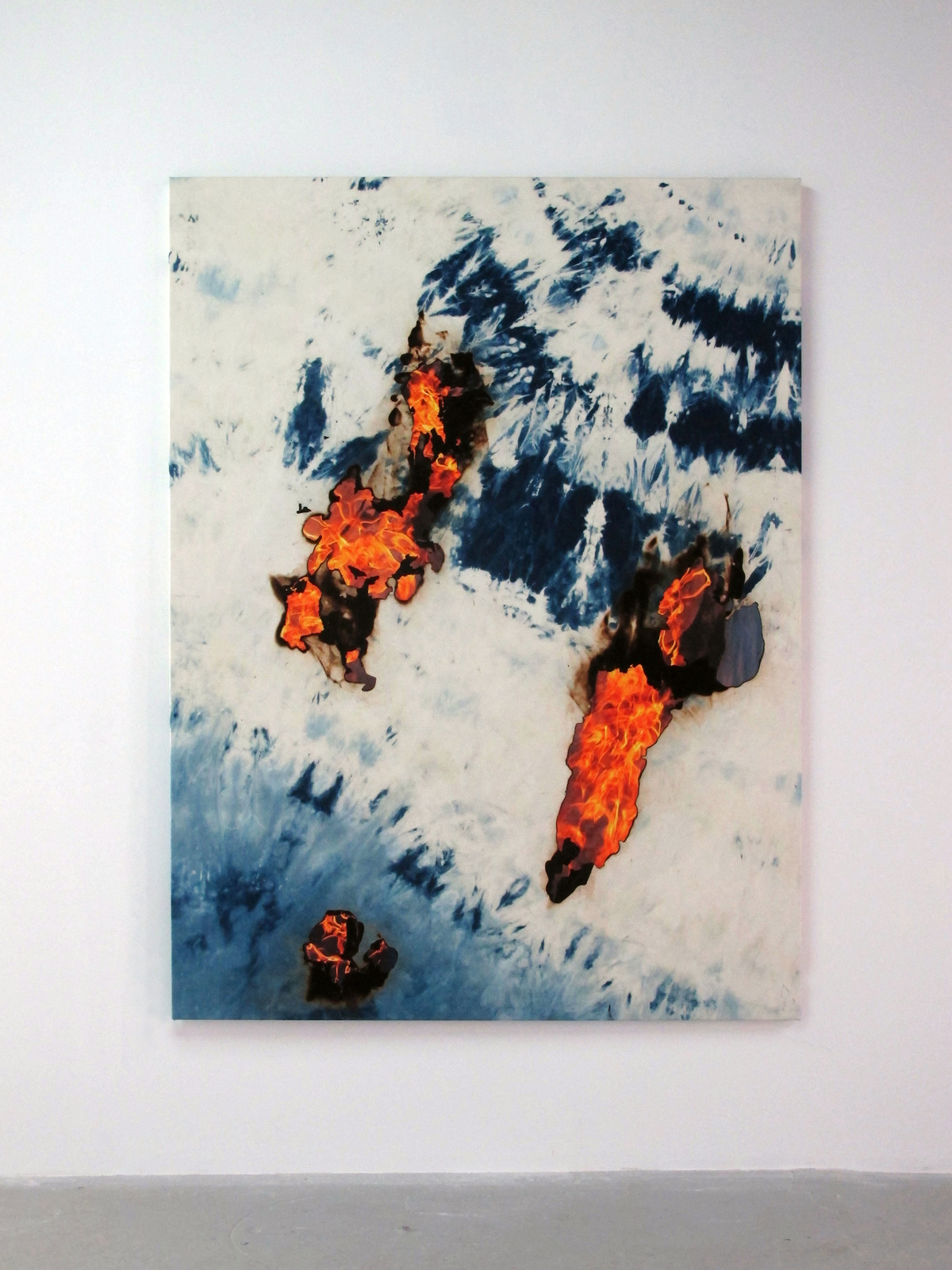
The current exhibition at MoMA PS1 is just a slice of a project that’ll continue to be revealed throughout the upcoming months, right?
Since 2011, I’ve been focusing my energy into one major project: a trilogy of videos. In 2011, I was turning 25. And in Thailand there is a belief that, as a male, when you turn 24 to 25, it is a very unlucky time period, hence you have to do something to balance out all the bad luck. So for me, 2011 was the year that I had to do something drastic to counter it. My twin brother became a vegetarian every Monday for a year, for example. A lot of people become monks even if just for a month, and I did consider it. That summer, however, my grandfather started losing his memory because of Alzheimers and it honestly just seemed like a weird time to go back home and become a monk when I ought to be spending time with my family. So instead I left New York, went back to Thailand, spent time with my family, and recorded a lot of footage. All of this becomes a part of the work. There are other parts of the process that never quite made it to the final cut though. For one of the videos, I went to interview one of my middle school teachers who actually used to beat me up. The idea behind it was all about manhood and the gentleman spirit of the school – I had gone to an all boys Christian academy where, at the time, hitting students was totally acceptable.

What can we expect as the project continues to be revealed?
The whole project started with the idea of “becoming”, and throughout the process I was thinking about the process of the videos themselves being the process of becoming something. Before this project, I’d never really made a work that specifically focused on being a Thai artist, and I liked the idea that through this trilogy I could become this “Thai artist” while simultaneously questioning what that means today. I’m currently halfway done with the third one, but for each part of the trilogy, there’s an installation, a video, and a performance that correlates. Each of the videos has a starting point. The first one began with the summer I spent with my grandparents and was followed up by my return to New York where I began shooting videos of all the important pieces I’d made at RISD or Columbia. In the videoing and editing process I would bring it back and forth between the two starting, again, with the summer and then reaching back into the past, but also working off the present. The second one, which is called Purgatory, captures time from an artist residency in Maine. At the time I was reading and trying to relive a text by this Thai sculptor who essentially became the father of Thai modernism. The third is an almost half fictional video where my twin plays me and I play him – I play a Manchester United fan that is recovering from an old bad relationship. My twin plays this guy who is just trying to figure out his new upcoming solo show. Coming together as a twin functions as a metaphor, we travel through the landscape of tourist Thailand – beginning at the beach and then traveling up North. Along the journey we arrive at this Thai artist’s [Chalermchai Kositpipat] temple who is almost like a Buddhist Damien Hirst. He makes Buddhist paintings and with his profits made this huge temple. This temple is featured in my video — and also acts as the background to most of my newer paintings. At the end of the video, through body painting, my twin performs as me. While the work contains lots of fictional narrative, there’s still this idea of straight un-narrated documentation of real life. It’s almost like when art grows out of the studio into life, and then somehow we collapse it back into the studio. That’s my process so far with this video.
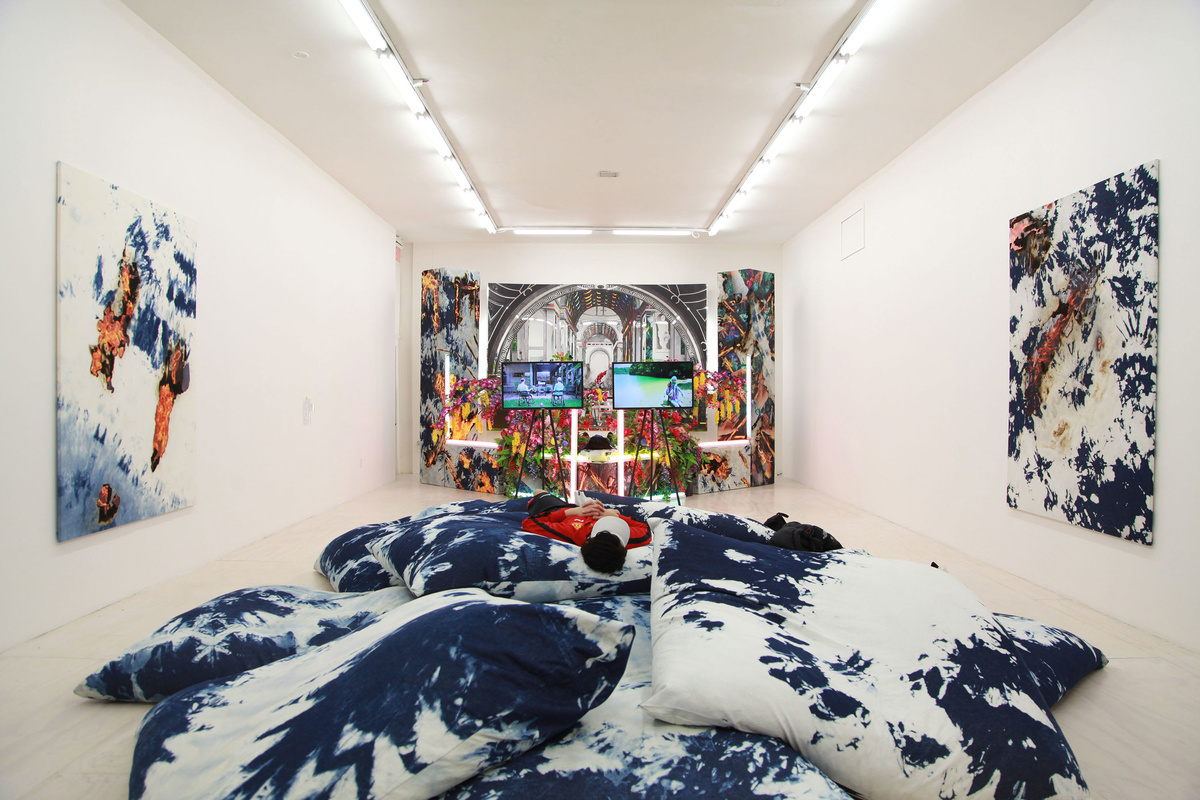
Let’s talk about those aesthetically awesome pillows in your exhibition…
With this show it was definitely one of the most interesting, exciting parts for me. I know it sounds really stupid and fundamental, but I was really excited about having ultra comfortable and just aesthetically inviting pillows as both art and a place to spread out. A lot of my work has to do with a sort of spectacle aesthetic, but I also just wanted bring people in and then slow them down so that they could really watch the video and get into it. Structurally the piece is based on the Thai funeral ceremony, and from there you just sort of sit down, take in the piece and the video, both which function as a sort of my tribute to my grandparents. How the public experiences my work is really important to me and always a super considered aspect of my practice.

Patti Smith [who performed at PS1’s Spring Preview to commemorate Christoph Schlingensief’s retrospective] has said that New York City has been taken away from the artists. Do you think NYC is dead?
I don’t think it’s dead, but I do say that it’s harder and harder for artists to live. San Francisco is being taken away from artists too. Or even Seoul. For now I couldn’t imagine long-term working anywhere else. There’s a great connectivity that happens here and there are just so many artists in New York. But then it’s also not great, because it’s really expensive; I mean this we all know. To be honest, the burning I do for my denim paintings actually happens in New Jersey, so sometimes, yeah, New York isn’t an option. She is right — it’s probably hard for a lot of people, and it’d be a better reality if groups of artists decided to collectively move somewhere where there wasn’t pressure to make a lot of money, where it wasn’t so expensive and regulated. San Francisco is even worse in terms of kicking artists out. Even Bangkok — it’s pretty expensive to live in inner Bangkok and the traffic’s so bad and you can’t get any big studios. With the type of artist I am, I walk on the street and I come up with my ideas in the subway, leaving the studio as a place for production. So much of my process just happens through email and editing videos in my bedroom, so I guess in this way the studio is in my head.

Is it uncomfortable for you to perform at fancy parties, like the one at Art Basel?
Yeah, I feel pretty weird about it sometimes. Especially with the fear of being exoticised as an “other.” But I think it’s more important that the work reaches all types of audiences and begins to make connections. I think finding a common ground through experiences with people from a different context is what my work is about and that is more important than me occasionally feeling weird about my different audiences.
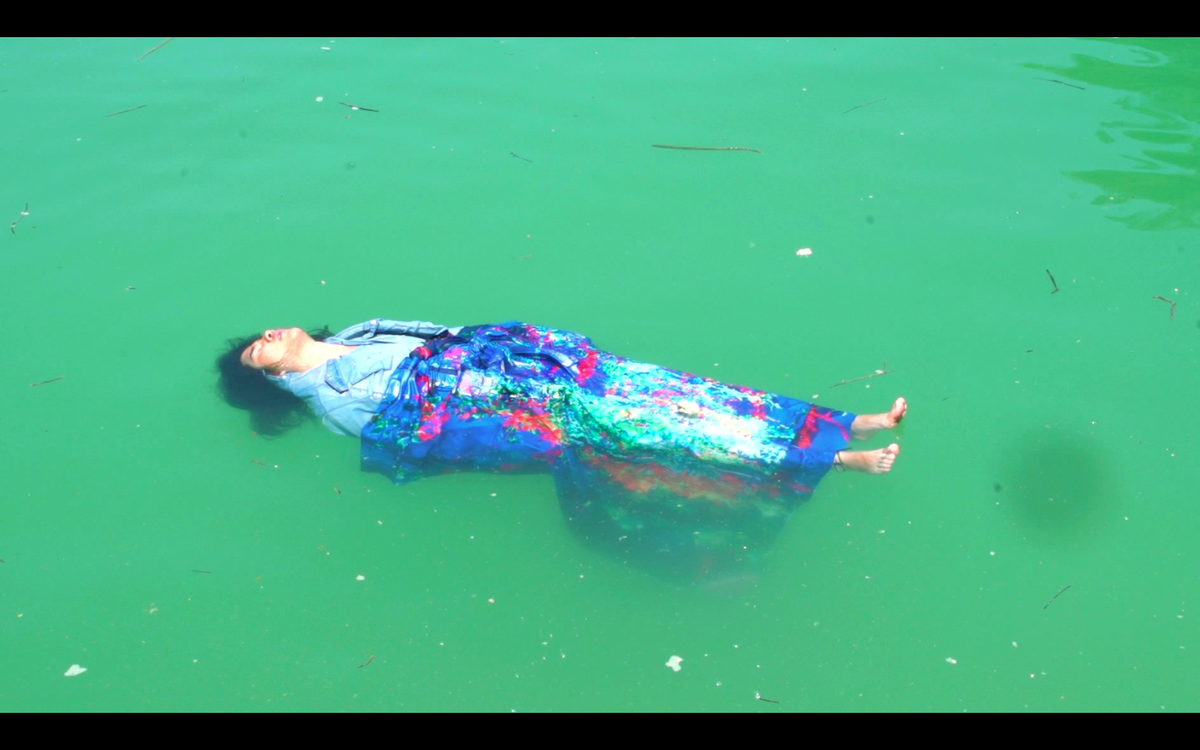
Why does your work often reference Thai pop culture?
In a lot of ways, I think why I use spectacle is because of its ability to draw people in, perhaps comparable to the way Thai temples work. This is why I make performances based after “Thailand’s Got Talent,” or why I make a painting after Chalermchai Kositpipat. I personally needed to become a public artist so that the work was more easily accessible to one of my target audiences, Thai people. In this way I can have both Thai and Western audiences alike invest more time in the work and series.
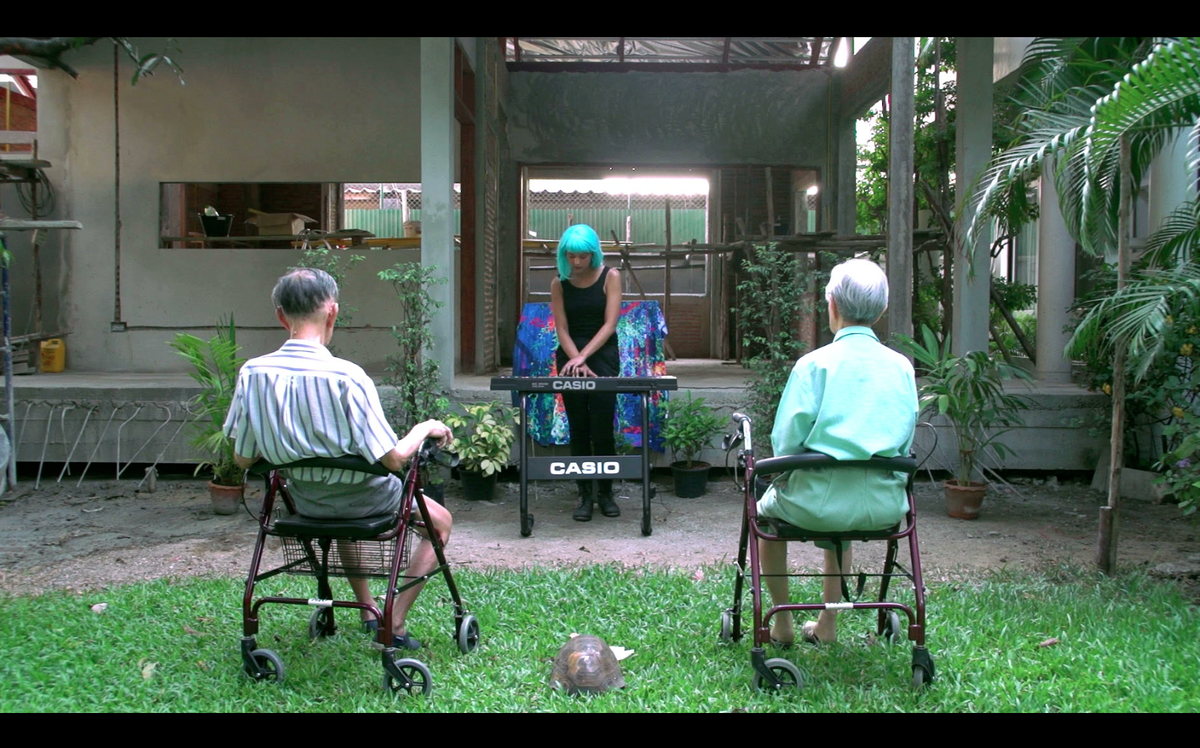
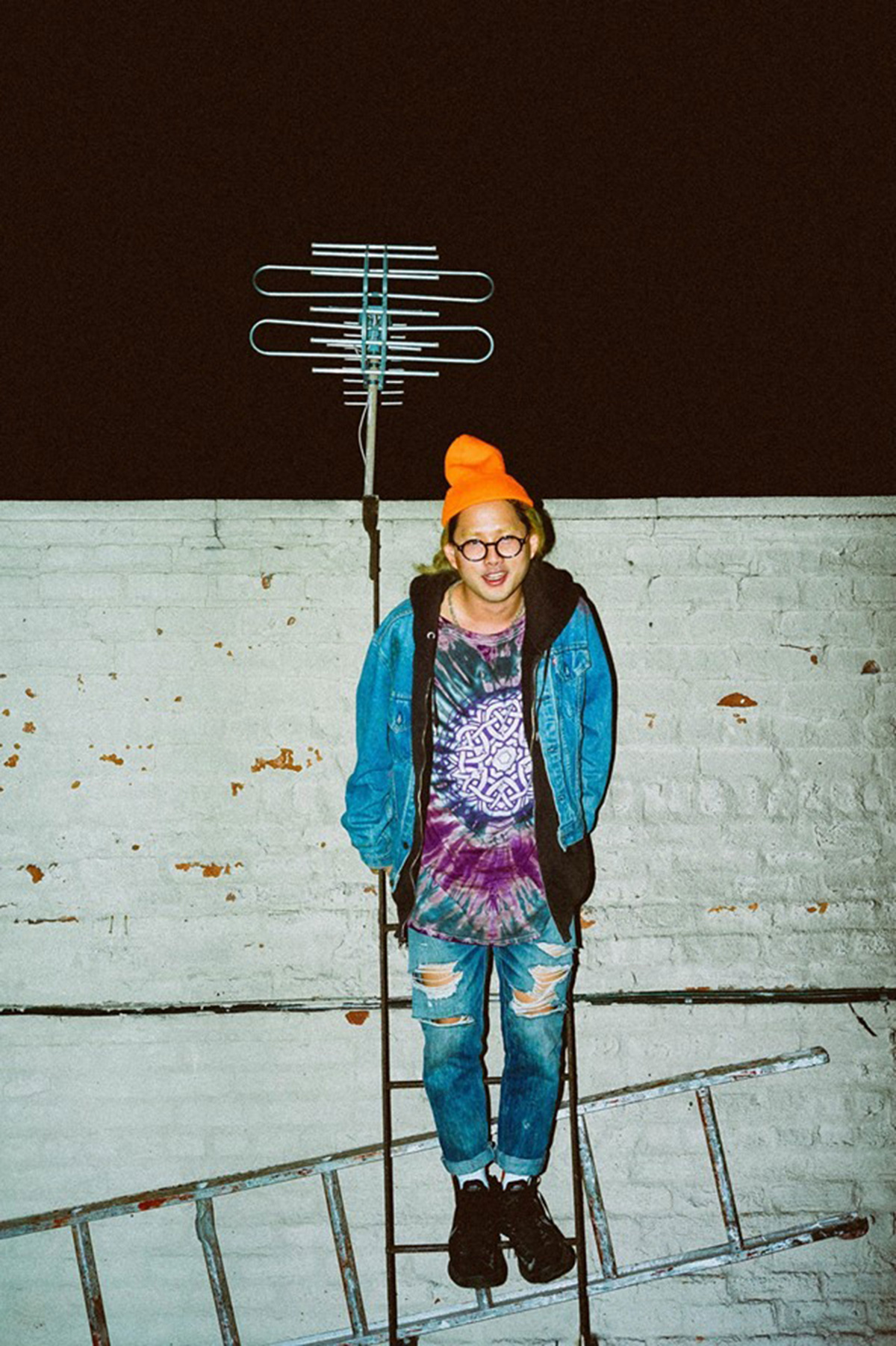
Credits
Text Alex Catarinella
